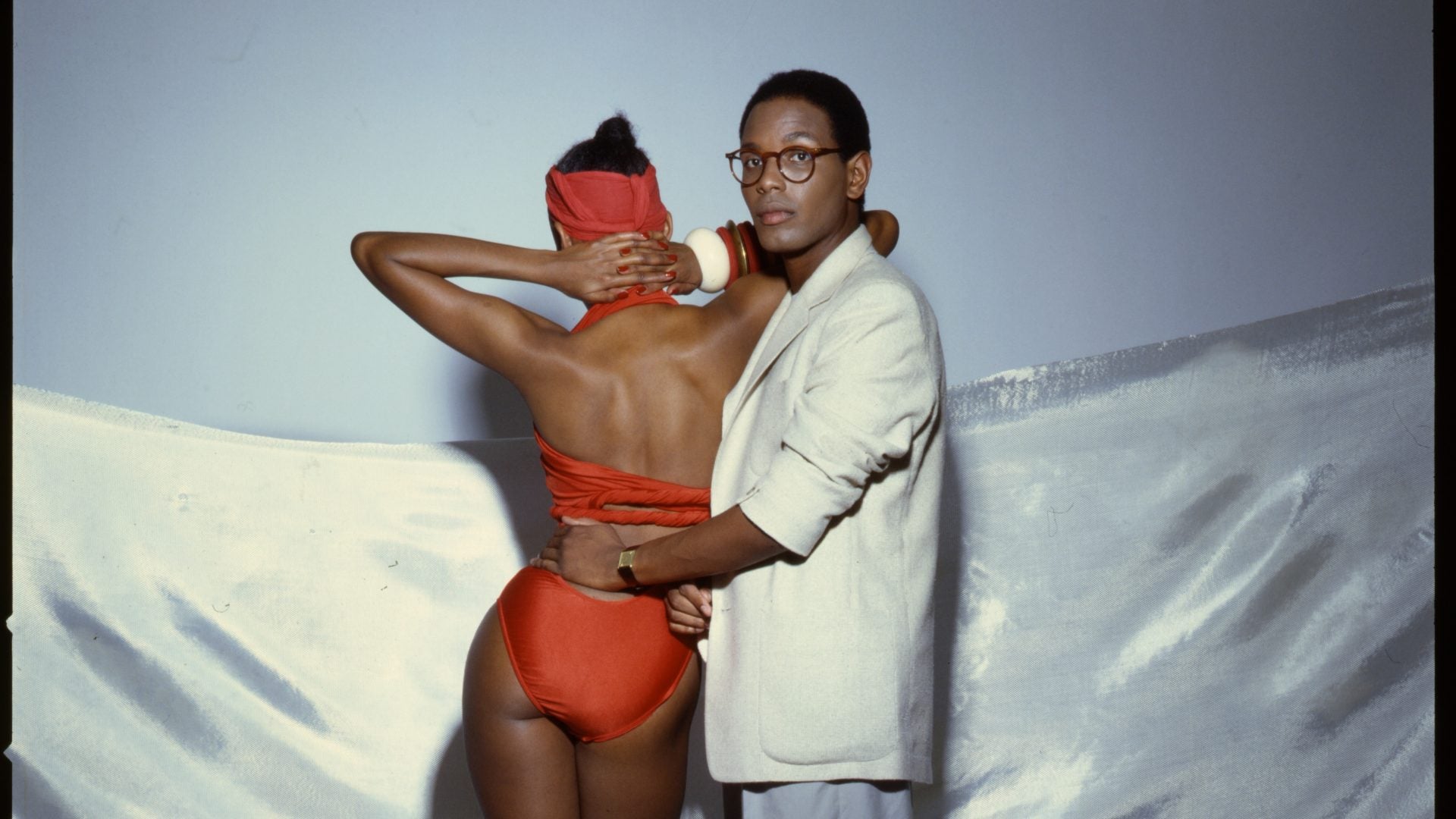
The need for comfort in fashion is imperative, particularly these days. However, there was a time when apparel was marked solely by appeal, giving very little thought to ease of wear and long-term functionality. Style and comfort rarely if ever existed in the same space. That was until a young, Black designer by the name of Willi Smith began to shake things up. Now, nearly 35 years after his death, with his name still not as acclaimed and widespread as it deserves to be, a new exhibit at the Cooper Hewitt Museum in New York City is dedicated to changing that.
“He’s known as the godfather and king of the creative streetwear industry as we know it today,” Shelby Ivey Christie, an America fashion historian with with a focus on the contribution of Black designers, tells ESSENCE. “He famously quoted that he doesn’t design for the Queen, he designs for the people who wave at her at she goes by—he designed for the everyday person in an extremely wearable way.” Christie explains that while streetwear can be luxury, the genre overwhelmingly leans more ready-to-wear. “Willi really cornered that market opened the fashion industry’s eyes to the demand in that lane,” she says. “Everything didn’t have to be theater and drama and gowns, tulle and satin. It could be wearable, and it could be inspired by everyday hard-working people.”
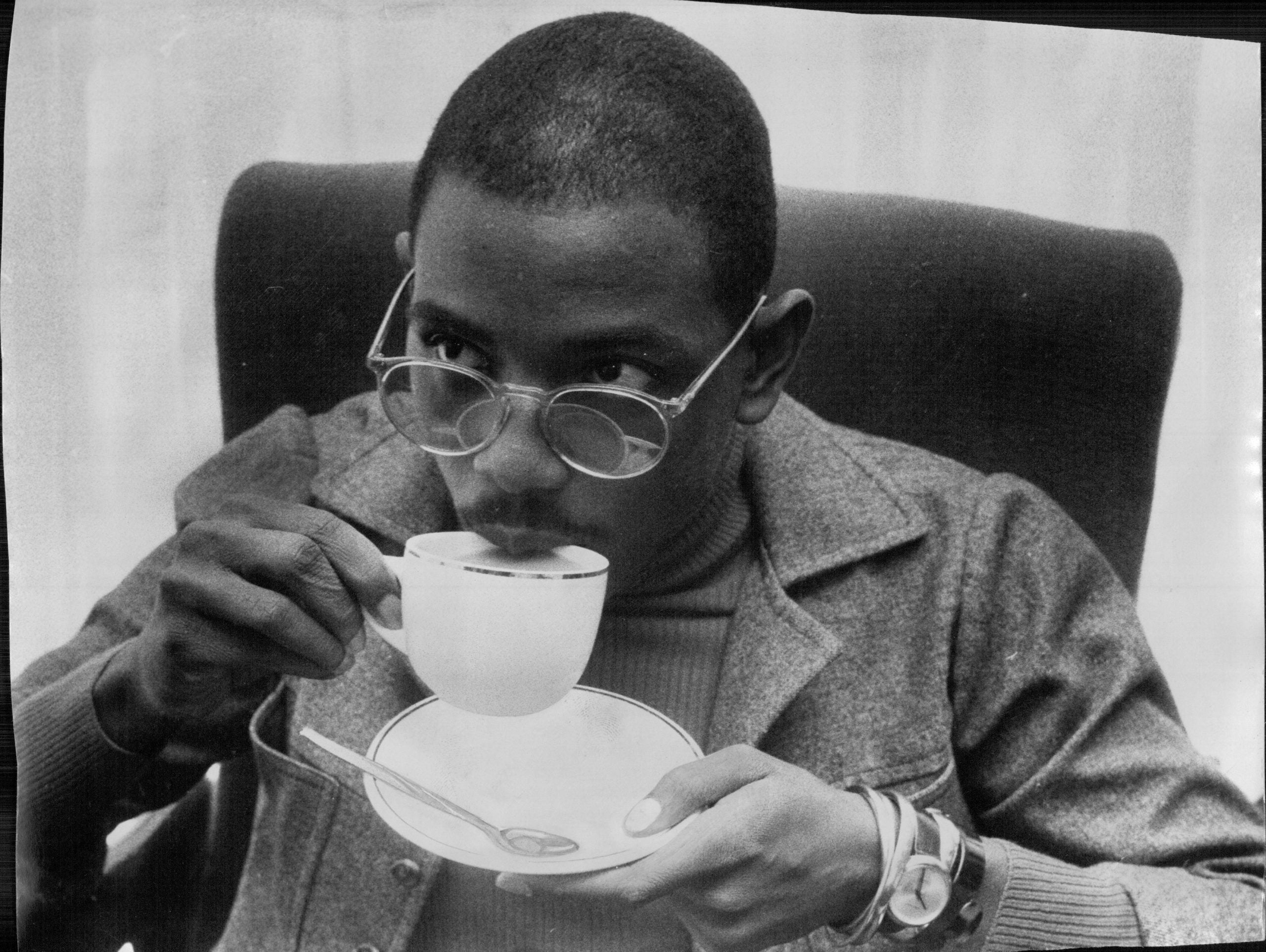
His impression was so felt, in fact, that luxury fashion houses have taken notes. “There’s now room for streetwear in fashion,” Christie says. “There was a time where there was really wasn’t ready-to-wear, it was just couture. Now there’s this new space carved out where streetwear serves as a serious contender in fashion. We see legacy houses like Louis Vuitton and Dior and Gucci putting out streetwear. No, they’re not converting streetwear brands, necessarily, but they’re operating in that lightning.” She references the origins of the Gucci and Dapper Dan partnership, as well as logomania. “The spirit of clothes now is just overall more relaxed,” she says. “You might get a track pant or a sneaker, or T-shirts from these luxury houses, which is not something I think we would have gotten before we saw the influence of Willi.”
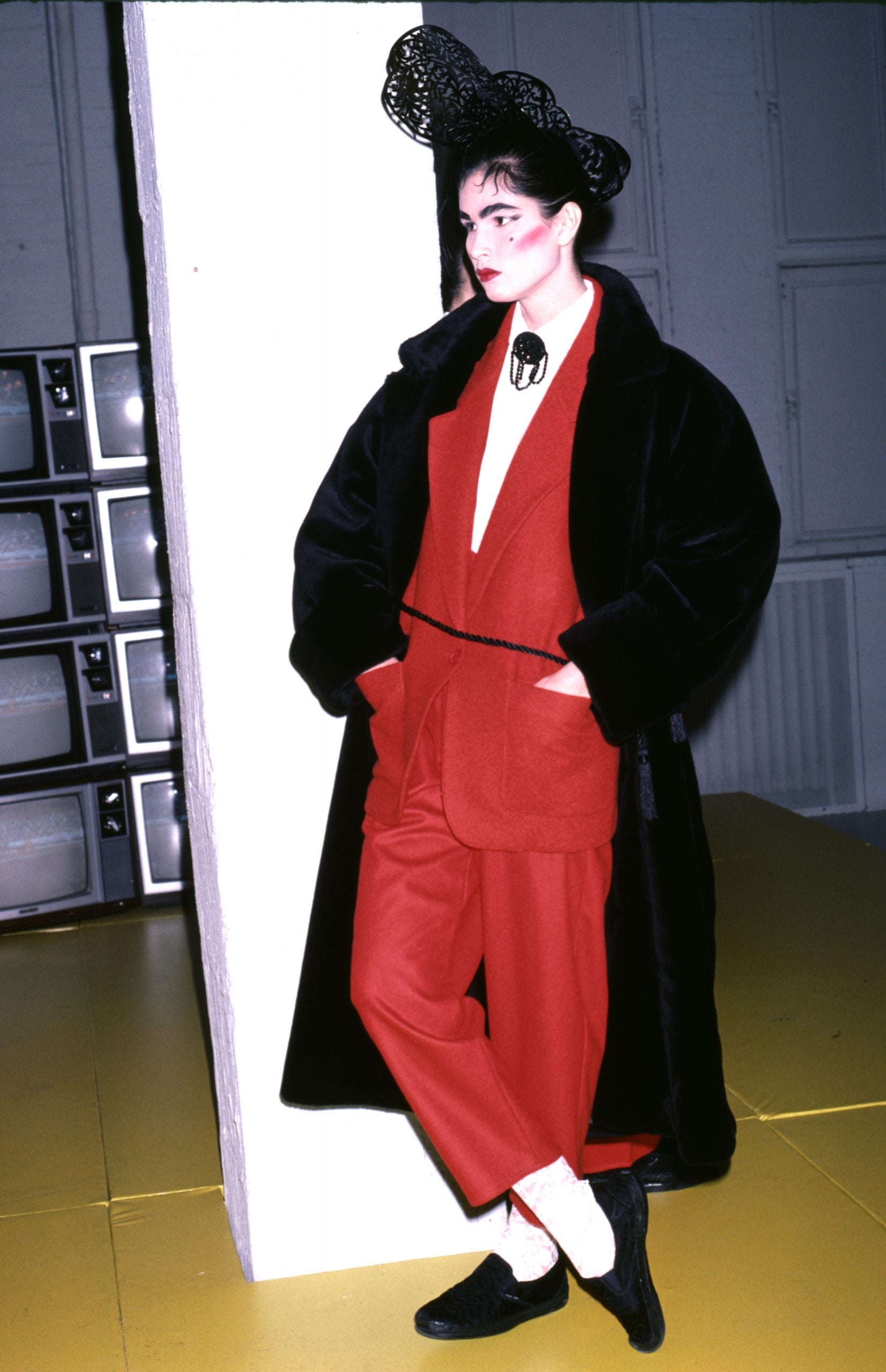
But it wasn’t just aesthetic that Smith set his focus on. He also laid the groundwork for how to amplify his employees in a way that was intentional and thoughtful. “Something that’s not really discussed is the way that fashion is staffed,” Christie says. “In the early ’80s, Jeffrey Tweedy was a merchandiser for Willi—he went on to be the CEO of Sean John. He’s just one of many that was able to move on and become a powerhouse of fashion and in the consumer industry as a whole.” Christie notes that Mindy Grossman, who served as Smith’s VP of Sales Merchandising went on to be the CEO of Weight Watchers, while Kim Hastreiter, the founder of Paper Magazine, was extremely close with Willi, living in the same apartment building in Raleigh, N.C. As a result, many of Smith’s early features appeared in Paper. “I think his more indirect influence in fashion is that he’s helped launch a lot of careers,” Christie says. “April Walker has said that the naming of her brand Walker Wear was inspired by Willi as well.”
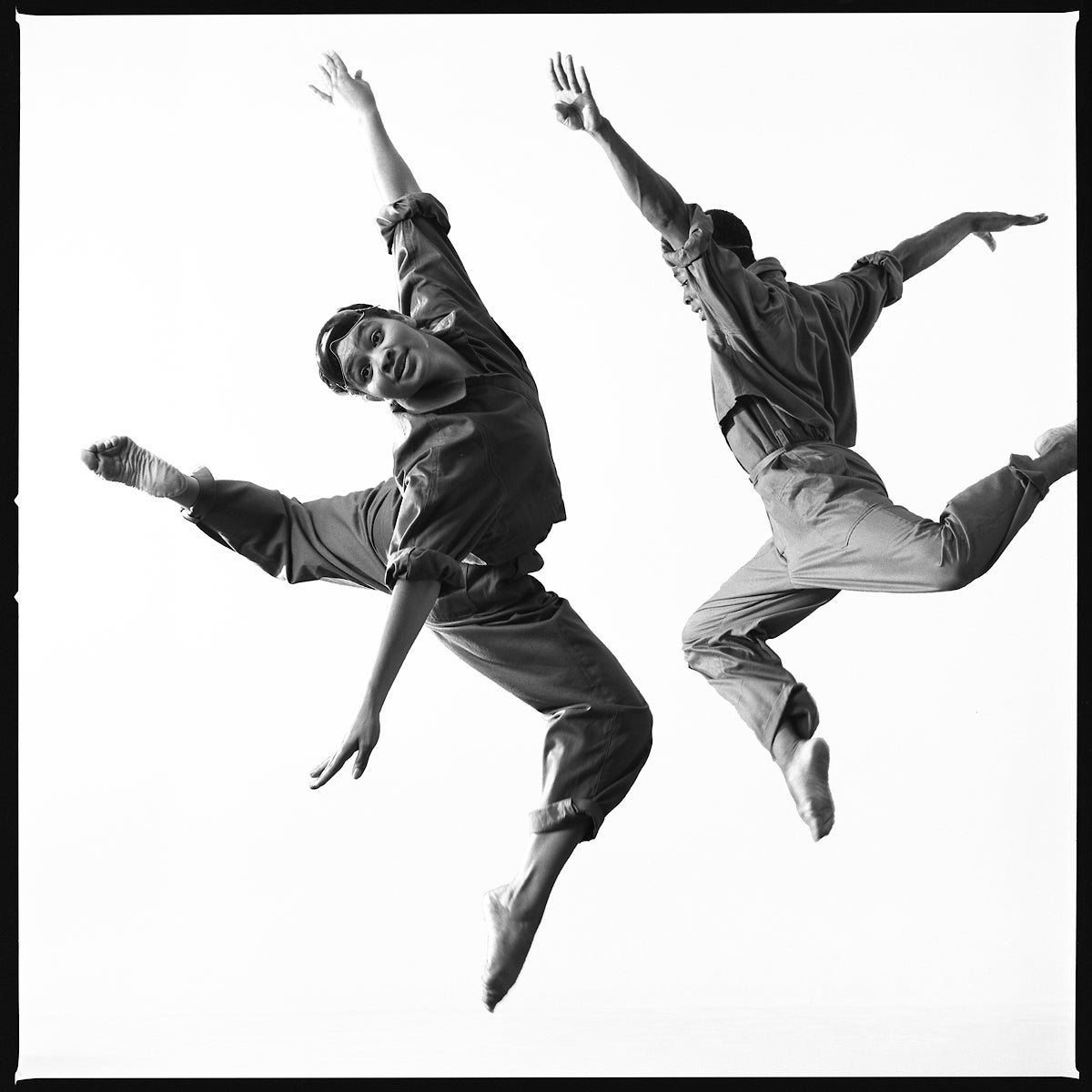
With an impact so wide, one would assume that the name Willi Smith would be more recognized. However, like many of his other Black fashion counterparts, his innovations were broadly diminished. “It goes back to documentation and having stewards over this work,” Christies says. “The New York Times published an article where they did a report on the lack of Black artifacts and Black resources kept in museums compared to the amount of European documentation and resources—that also applies to costumes and Black research. We still see Black designers getting their original designs appropriated.” Christie references an incident last summer when Black-owned fashion brand Hanifa wowed with a one-of-a-kind digital collection and fashion show. Less than two weeks later, major publications were attributing the collection to a luxury fashion house, completely eliminating Hanifa from the conversation. “This is happening in a time when we do have enough information and technology systems to track it,” she says. “So imagine back in those days where everything was analog and written in printing. There was a lot of erasure just because there wasn’t a lot of visibility for the everyday person or even sometimes the designer themselves to have visibility into what was being published and was being printed. Fashion historically has been from the white, European perspective, so things that are outside of that scope were not deemed important enough to document or celebrate.” Christie insists that’s how Willi and the work of so many other Black designers and their efforts and work just funneled out, they simply weren’t prioritized. “I think the tide is kind of changing,” she says. “Black talent in the industry are definitely forcing these conversations, advocating and speaking up for things outside and beyond the white gaze. There’s some change there, but it still has a long way to go.”
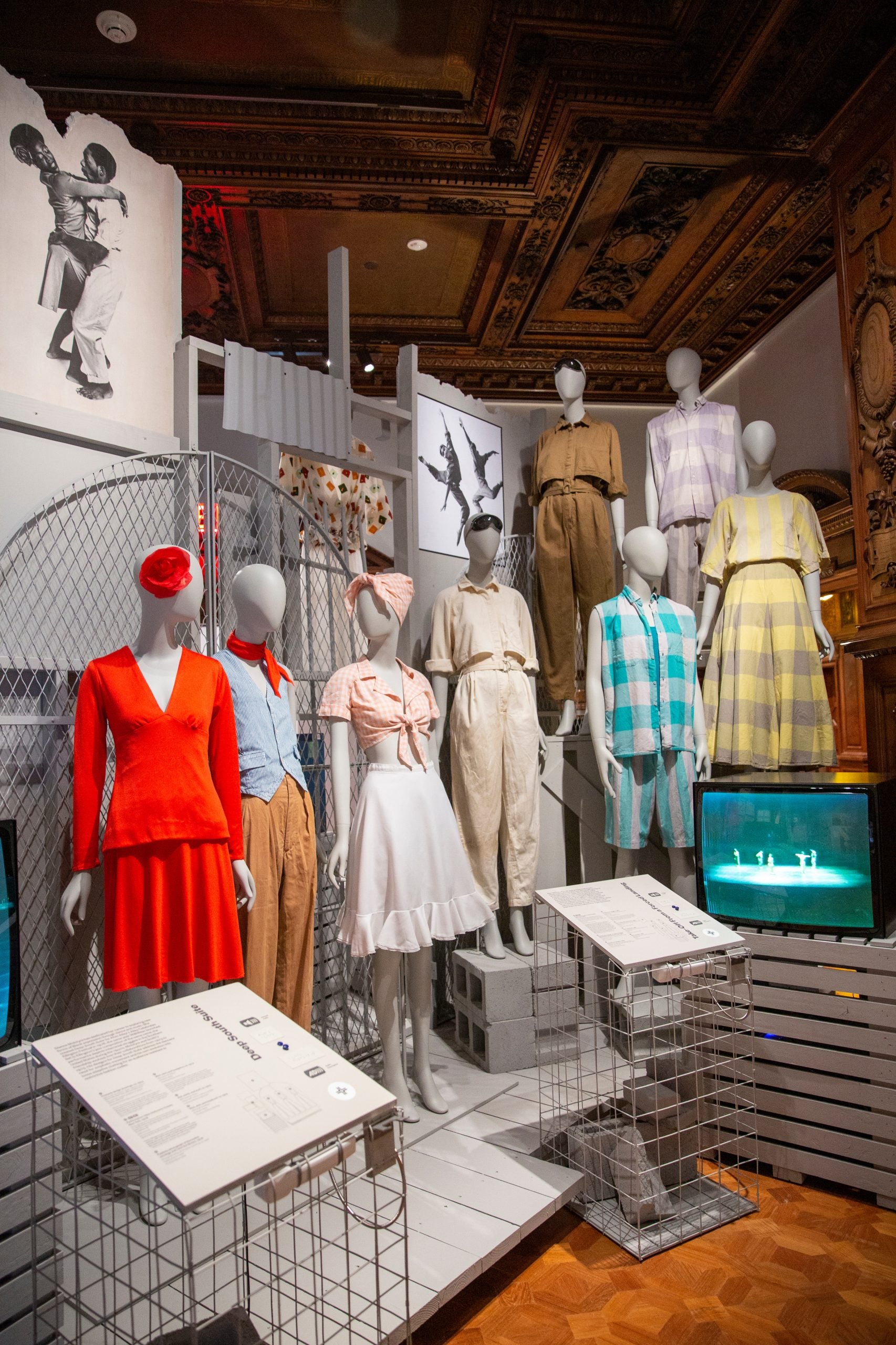
That’s why she says that exhibits like that of the Cooper Hewitt are so crucial to aiding that change. “Similar to the work that I do, it’s about knowing that Black people should know that we’ve always been a part of the fashion story, that we always do influencing and have been active participants,” she says. “It didn’t start just three years ago with Virgil’s appointment or 10 years ago with Kanye and LVMH. Just like any other industry, we want to see ourselves represented—correctly. The increase in visibility and the topic of cultural appropriation in fashion and design of Black designers, as well as the Black aesthetic being collected in fashion, it’s ramping up.” She insists that people are wanting to see that direct tie of ownership, and quickly. “They want to be able to say, ‘Oh no, a Black designer did that. Willi Smith is who started streetwear. That’s not where this comes from, this is where this comes from.’ The general public has a more vested interest in that. There’s an appetite for Blackness and fashion; we want to see those stories of people who came before us and contributed, and did the work.”
Christie hopes that the exhibit will leave the impression on attendees that Willi’s legacy has left on her. “I carry with me the importance of not only making sure that I have a good team but also honoring the community piece of fashion,” she says. “That’s something that I think he did really well. He hired his friends to work with him when he could and he wasn’t sad to see them go, he wanted to see them go off and do great things. That’s what it’s supposed to be about, that’s how progress is made.”
The Willi Smith: Street Couture Exhibition at the Cooper Hewitt Museum in New York City is open now through October 24.

